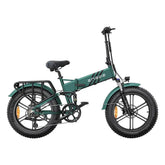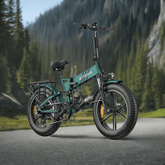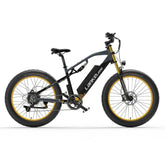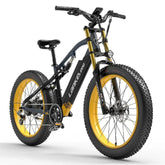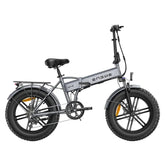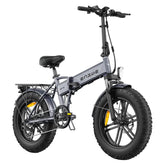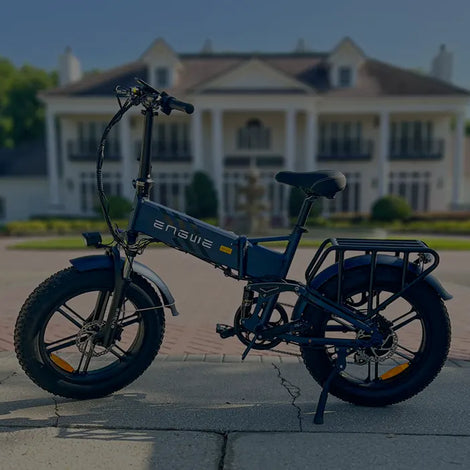Electric bikes offer a practical and thrilling mode of transport, yet like any kind of complicated machinery, they are prone to particular concerns. Therefore, in this short article, we'll discover ten usual electric bike issues associated with electric and mechanical elements and give sensible options to solve them.
1. Faulty Brake Sensing Unit:
A defective brake sensing unit can endanger the safety of your electrical bike by failing to disengage the motor when brakes are applied.
Solution: Look for loose or damaged wiring; additionally, adjust sensor position for precise triggering. Finally, replace damaged sensing units if required to ensure appropriate brake function and biker security.
2. Damaged Battery Cable:
A broken battery cord can interrupt power circulation from the battery to the electric motor, providing your Electric Bike unusable.
Option: Replace damaged cords, making sure safe connections and correct insulation to avoid electrical risks and restore power transmission.
3. Tightening Up a Loose Handlebar of Electric Bike:
Loose handlebars can impact steering control and pose a security threat while riding your electric bike.
Remedy: Tighten handlebar bolts and stem, ensuring proper positioning and stability for risk-free and comfortable handling during rides.
4. Malfunctioning Display Settings:
Inaccurate screen setups can influence the readability and functionality of your electric bike's screen, affecting your riding experience.
Solution: Reset screen settings to default or adjust setups according to owner's hands-on guidelines, making sure exact details display and optimum efficiency.
5. Electric Bike Fails to Reboot After Battery Recharge:
Failure to restart after battery recharge suggests possible problems with the battery management system (BMS) or power supply.
Service: Contact manufacturer or expert technician for BMS reset or repair to restore battery capability and make sure smooth operation of your electrical bike.
6. Electric Bike's Present Does not Show the Right Battery Power:
Discrepancies in between shown battery power and actual battery condition can cause confusion and uncertainty throughout rides.
Service: Understand distinctions in estimation approaches between screen and battery; this ensures correct analysis of battery status for dependable performance surveillance.
7. Controller Doesn't Function as Expected:
A defective controller can result in erratic electric motor behavior or full motor failing, impacting e-bike performance.
Remedy: Check for loose connections, reset breaker, and replace harmed merges or controllers to bring back proper motor control and capability.
8. Electric Bike Throttle Not Operating:
A non-functioning throttle can restrain rate control and impede your capacity to increase or decrease on your e-bike.
Service: Evaluate throttle device for damages or obstruction, and replace damaged components to bring back throttle performance and ensure safe riding.
9. Pedal Help Isn't Operating:
Malfunctioning pedal aid system can cause reduced motor help throughout pedaling, impacting trip comfort and performance.
Remedy: Check pedal aid sensing unit and electrical wiring for damages or misalignment, and rectify or replace components as needed to restore pedal help functionality.
10. Electric Bike Engine Shuts Off When You Restart It:
Sudden engine shutdown upon reboot indicates potential concerns with the hub electric motor or electrical links.
Solution: Check center electric motor cables for damages or obstruction, then conduct a hall test to identify motor performance. Finally, look for expert repair work if needed to ensure trustworthy electric motor operation.
Conclusion:
By addressing these usual electrical bike electric and mechanical issues proactively and successfully, you can maintain the dependability, security, and performance of your e-bike for pleasurable trips and hassle-free travelling experiences. Additionally, normal maintenance, timely fixings, and adherence to manufacturer standards are essential for optimizing the e-bike's longevity and performance.

